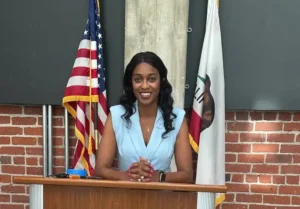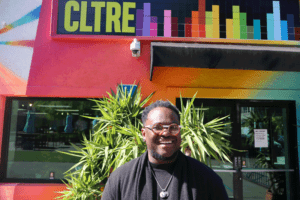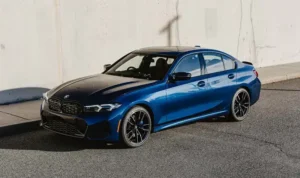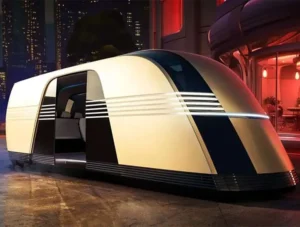How Denis Lozenko and ECOLIT technology are redefining modern construction
From beachfront construction zones to futuristic steel frameworks that can withstand magnitude 9 earthquakes, ECOLIT has emerged as a game-changer in global building technology. Behind this wave of innovation is Denis Lozenko, a visionary entrepreneur whose mission isn’t just to build structures — but to shape the future of urban living. With patented dry-mix formulas, seismic-grade CFS systems, and projects stretching from Europe to America, ECOLIT is turning architectural dreams into durable, efficient, and sustainable realities.
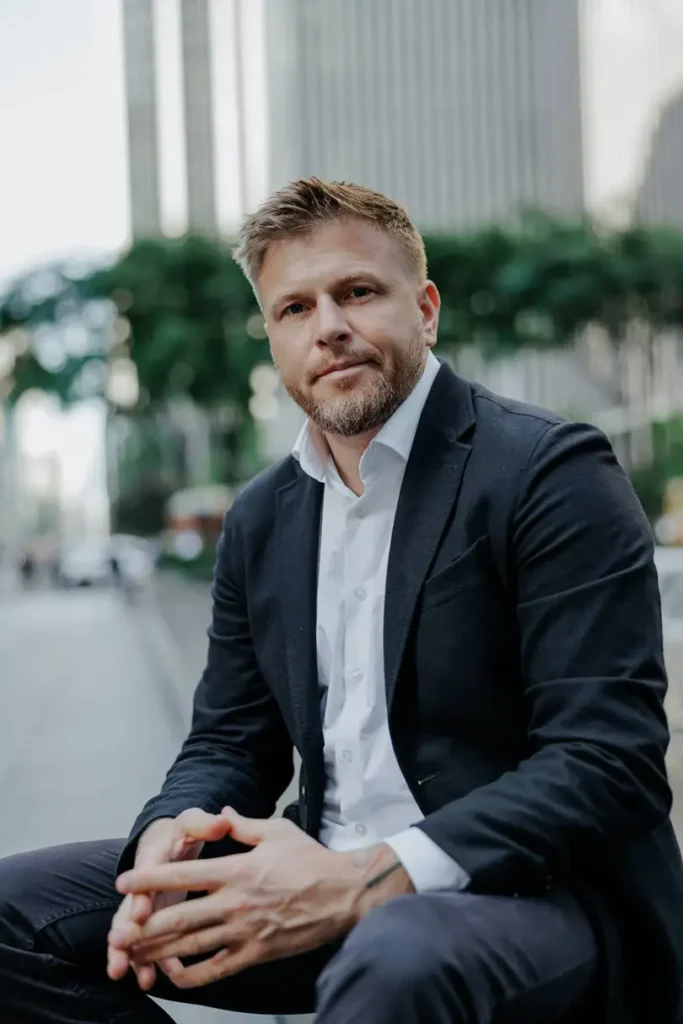
Denis, what inspired you to develop ECOLIT’s unique construction system, and what problem were you originally trying to solve?
I was driven by a very human need: the desire for affordable, high-quality housing that families could pass on from generation to generation — without being tied to heavy, expensive, immovable buildings. In today’s world, people often relocate, and they shouldn’t have to overpay for a home that may only serve them for 3 to 5 years. But there was also a deeper concern: why is there always a shortage of housing?
That question pushed our team to create a new system. Traditional construction relies on two main methods—concrete with brick or lumber. And that’s it. But people today demand more: sustainability, sound insulation, energy efficiency, and fire safety. We found a unique niche — an advanced alternative using cutting-edge insulation, moisture protection, and fire-resistant materials. ECOLIT was created to expand access to quality housing and offer a flexible, sustainable solution for everyone — from developing nations to urban centers.
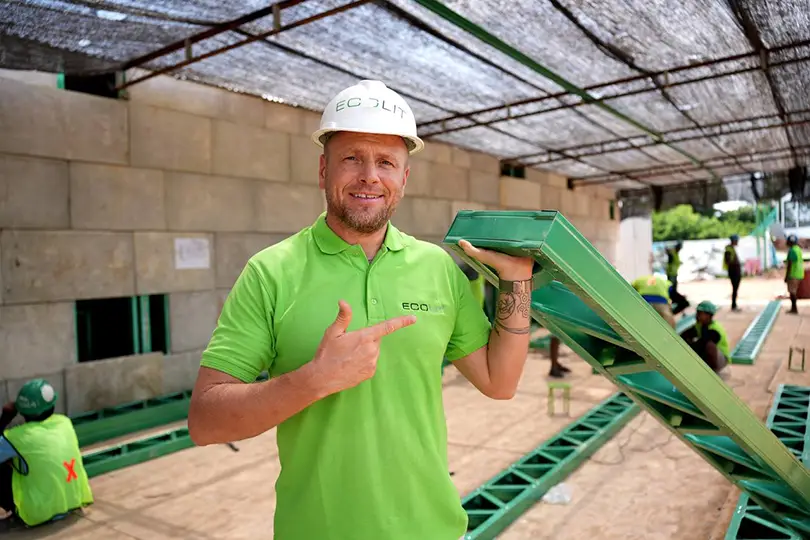
How do ECOLIT’s technologies—like galvanized ribs, sound isolation, and waterproof zinc coatings—set you apart from traditional methods?
Our core material is galvanized steel, protected by a special zinc coating that keeps the structure corrosion-free for over 70 years. That’s the foundation. Then we use a lightweight, foamed concrete that provides excellent thermal and sound insulation while also allowing the structure to “breathe,” eliminating the conditions that cause mold. This combination gives us the speed and flexibility of frame construction, but with the durability and comfort of a stone house — without the environmental damage.
Cold steel framing that can resist magnitude 9 earthquakes sounds almost like science fiction. How did you achieve that level of durability in practice?
It’s all in engineering. Our connections use specialized galvanized rivets and self-drilling screws — not nails or bolts. During seismic events, the structure behaves like a flexible skeleton. It absorbs vertical and horizontal forces, preserving structural integrity while protecting occupants. The steel frame doesn’t collapse; it adapts. That’s what makes ECOLIT not only safe but also life-saving in disaster-prone regions.
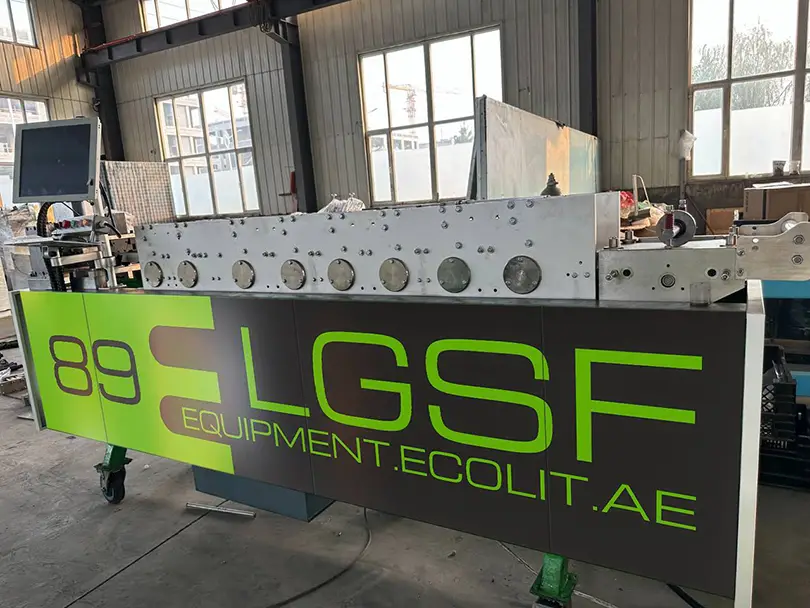
You’ve launched ECOLIT in Dubai, Phuket, Florida, California, and beyond. Why was international expansion a top priority for you?
We started in Germany, then expanded to the UK and UAE. Today, our facilities span Europe, Asia, Australia, the Caribbean, and North America. In the U.S., we have production centers in New Jersey and Sacramento, with new ones opening in Los Angeles, Texas, and Illinois.
Why the global push? Because the demand is overwhelming. Developers and governments alike are searching for faster, more cost-effective, and more sustainable building methods. ECOLIT delivers all three. We’re helping governments build affordable housing, businesses launch operations faster, and communities recover from disasters more efficiently.
What’s the environmental impact of your systems — how exactly does ECOLIT reduce energy and material consumption?
Our production process consumes very little energy. For instance, manufacturing a 1,000 sq. ft. home costs less than $100 in electricity. And we produce virtually no waste — less than 1% over the entire process.
We also avoid high-emission materials. Nearly all of our steel comes from recycled sources — mostly salvaged vehicles. Instead of cutting down 40 trees for one home, we can build it using steel from just three or four recycled cars. That’s what a circular economy looks like. It’s sustainable, cost-effective, and scalable.
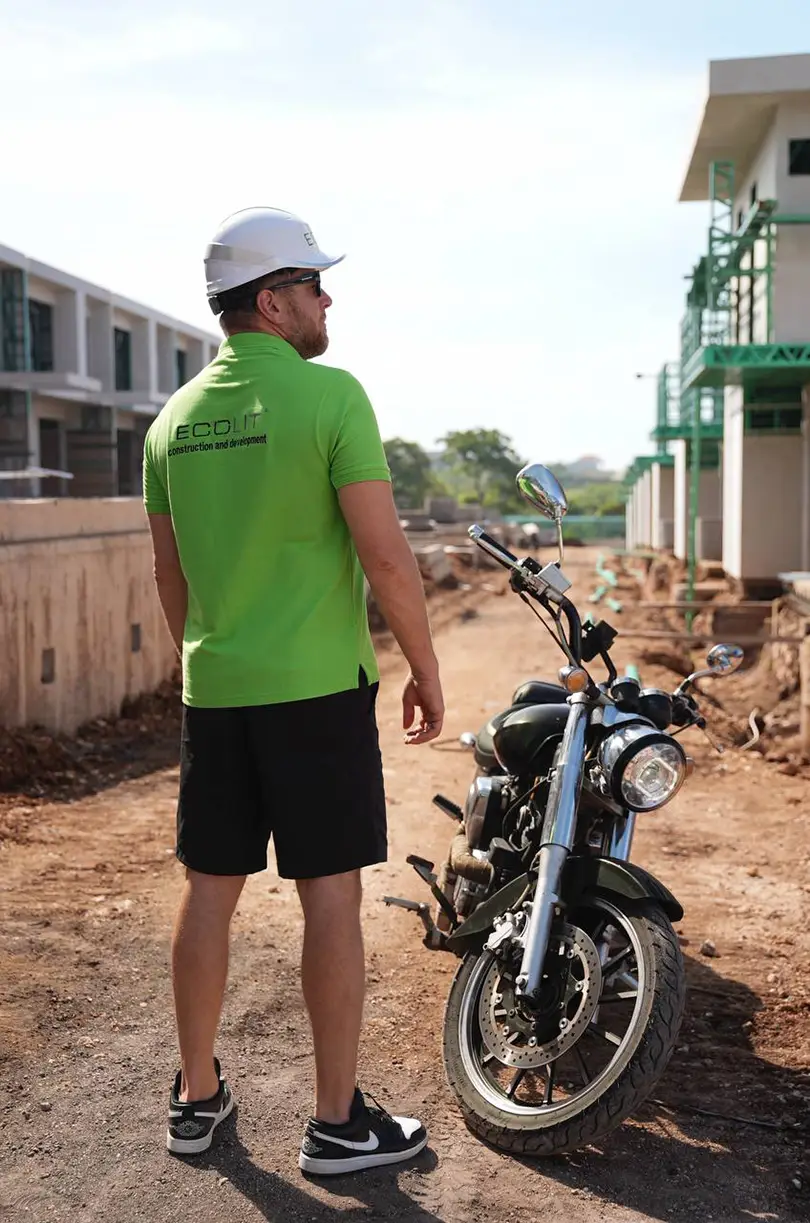
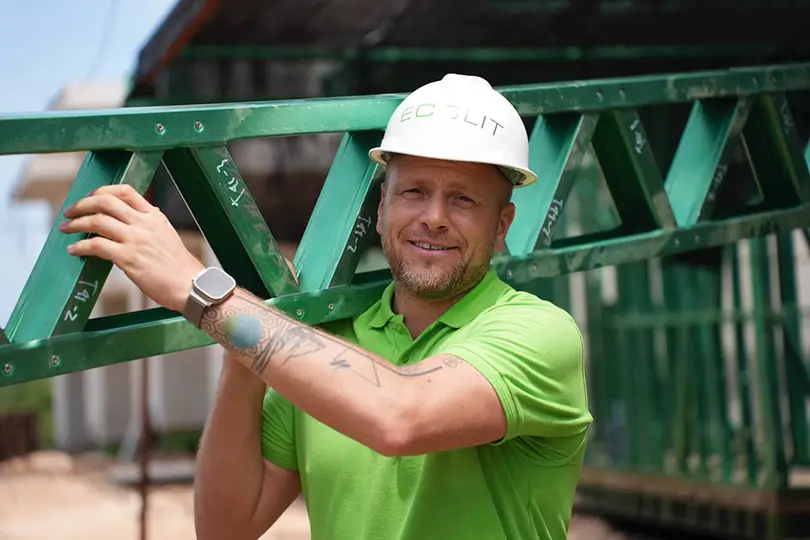
One of ECOLIT’s most impressive claims is its ability to combine seismic safety with affordability. How do you make that possible?
Our system lowers costs at every stage. No termite treatments. No fireproofing. No delays. Lower insurance premiums. Shorter construction timelines. Our buildings are energy-efficient, so homeowners save on utilities, too. In many states, our construction costs are competitive with traditional wood framing. When you factor in total life-cycle savings, ECOLIT homes offer far greater value — especially in mass housing developments.
What kind of clients or partners are best aligned with your vision at ECOLIT?
We work with a wide range: governments, developers, NGOs, even the military. Elected officials, want fast, scalable, affordable housing. Developers want speed and cost savings. And academic institutions and engineering researchers are increasingly interested in our material science innovations. The versatility of ECOLIT makes it suitable for everything from private homes to large-scale infrastructure.
Denis, tell us about a completed project that made you especially proud.
One of our early breakthroughs was in Phuket, Thailand. There, we tested our full system under tropical conditions — high humidity, heat, salt exposure — and it performed flawlessly. The project helped us refine our anti-corrosion strategies and opened doors in Southeast Asia. But beyond the technical success, what made it special was seeing how quickly families could move into high-quality, safe homes — built in a fraction of the time and cost of traditional methods.
What’s your vision for ECOLIT over the next 5–10 years?
We’re aiming for both vertical and horizontal growth. That means more facilities in more countries, smart integrations with AI-driven design tools, and continuous R&D with universities and research partners. We want ECOLIT to be synonymous with modern, sustainable housing across the world.
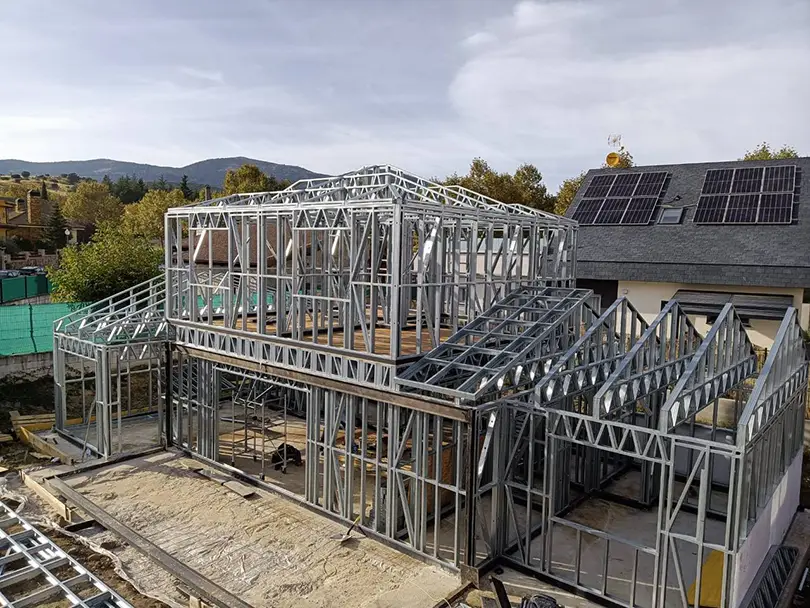
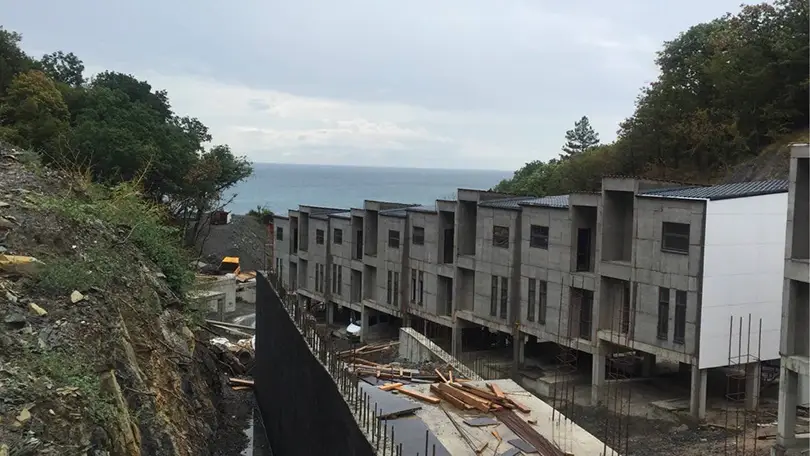
From a government or policymaker perspective, how can ECOLIT help tackle housing shortages, natural disasters, and infrastructure challenges?
Our technology supports all three. It’s fast, safe, and sustainable. It can be used to build affordable housing for civilians, barracks for the military, or clinics for rural regions. It can help rebuild communities after floods, fires, or earthquakes. And for governments, the long-term savings on insurance, disaster relief, and maintenance are enormous.
What role do you see governments playing in accelerating adoption of systems like ECOLIT?
Elected Officials can help by streamlining permitting processes, offering tax incentives for sustainable construction, and supporting public-private partnerships. Many counties in the U.S. are already interested in simplifying their approval processes for ECOLIT because it eliminates many of the issues tied to traditional wood construction — such as termite treatment, fire risk, and structural warping.
For potential partners and investors, what makes ECOLIT a compelling opportunity?
Three things: scalability, sustainability, and global demand. Our tech is replicable across climates and countries. The raw materials are abundant and recyclable. And the market is ready. With climate change, housing crises, and disaster preparedness on everyone’s agenda — ECOLIT is not just a smart investment; it’s a timely one.
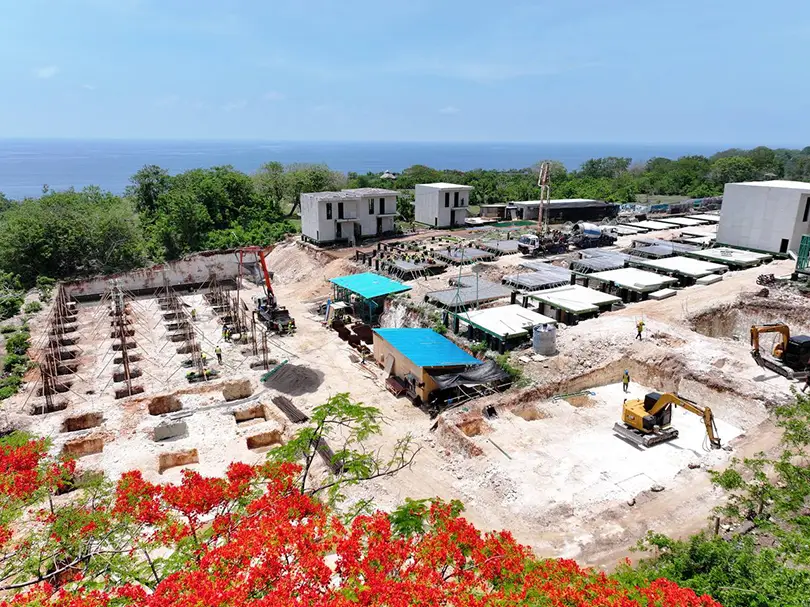
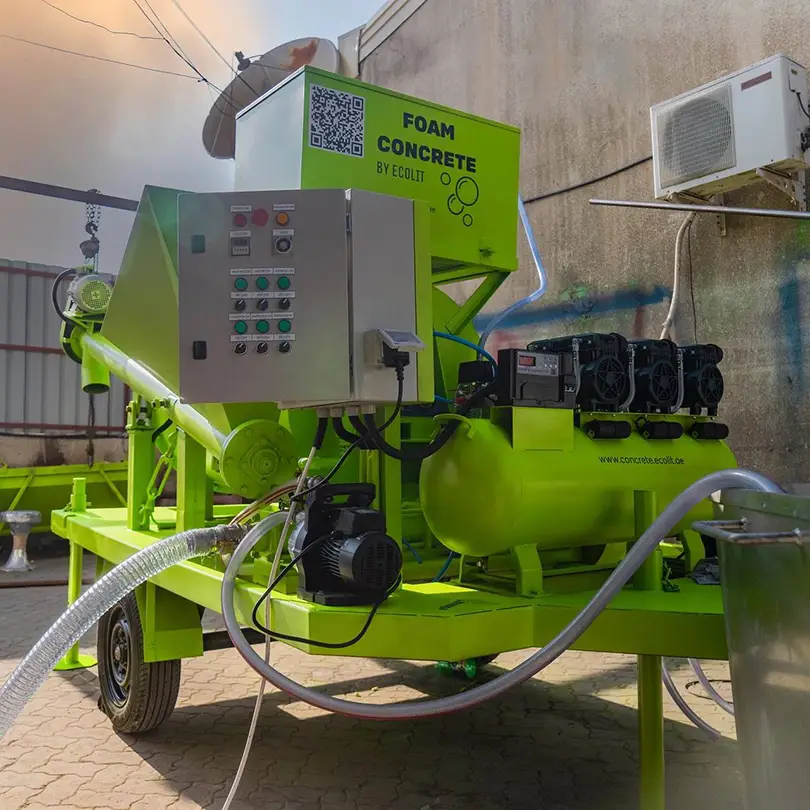
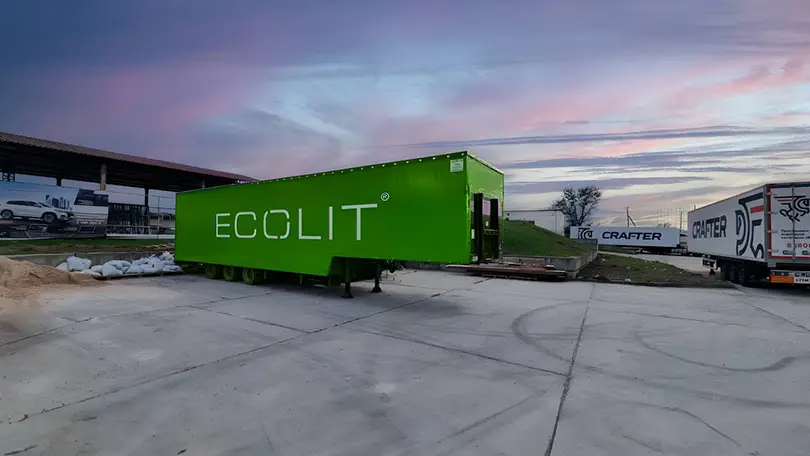
How do you envision collaborations with universities and urban planners?
We’re already working with engineers and architects around the world. But deeper partnerships with research institutions will accelerate innovation. Our goal is to integrate ECOLIT into architectural education and city planning programs — so future professionals see it not as an alternative, but as the new standard.
In regions prone to earthquakes, floods, or hurricanes, how can ECOLIT help governments reduce risk?
By providing durable housing that doesn’t need to be rebuilt every time disaster strikes. Our materials can withstand wind speeds up to 250 mph, resist flooding, and remain structurally sound in earthquakes. That means fewer emergency response costs, lower insurance claims, and stronger community resilience.
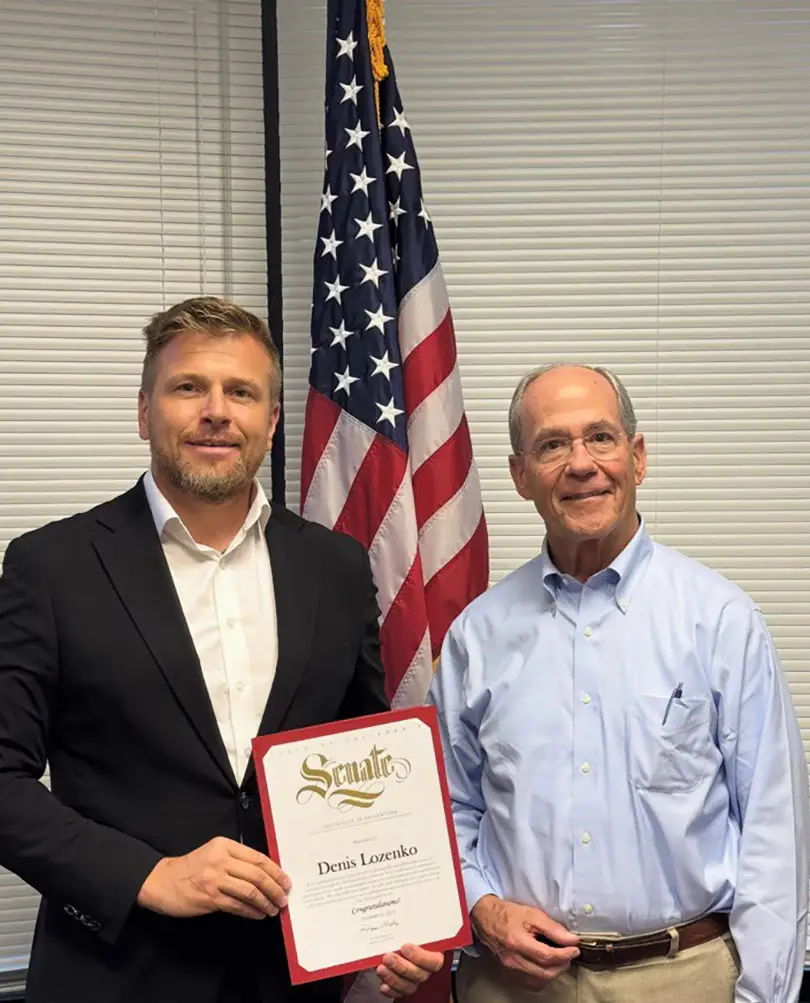
Denis, you recently met with California State Senator Roger Niello. What were the goals of that discussion?
We had a very productive meeting. Senator Niello, whose family has deep roots in California’s automotive industry, was especially interested in our idea of using salvaged vehicles to produce housing-grade steel. Millions of junked cars sit unused across America — and especially in California. He supported the idea of recycling this metal for sustainable housing. It’s a powerful example of a circular economy in action — and one that can lower costs while solving two problems at once.
Finally, Denis, what advice would you give to young entrepreneurs in construction and engineering today?
Stay curious. Embrace innovation. Learn about technologies like ECOLIT early—because they represent the future. The earlier you align your career or company with sustainable, forward-looking solutions, the more impact you’ll have — and the more competitive you’ll be. The next century of construction will be shaped by those who dare to think differently. Be one of them.
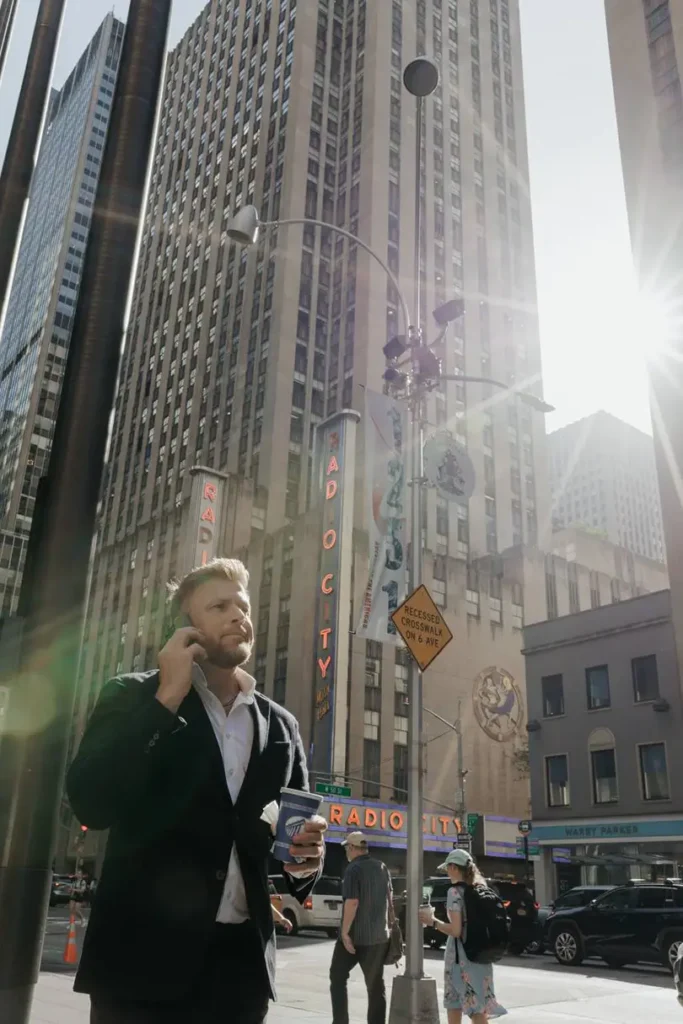
Denis, how can potential partners, architects, or investors get in touch with you and learn more about ECOLIT’s technology?
They can visit our official website at www.ecolit.tech — it’s the best place to explore our projects, technology details, and upcoming developments. We’re also active on social media, where we share progress updates and insights about sustainable construction. For partnership or investment inquiries, we welcome direct contact through the website’s form or by phone/WhatsApp at +971 58 535 1788. Our team is always open to collaborations that drive innovation and make construction smarter, safer, and greener.
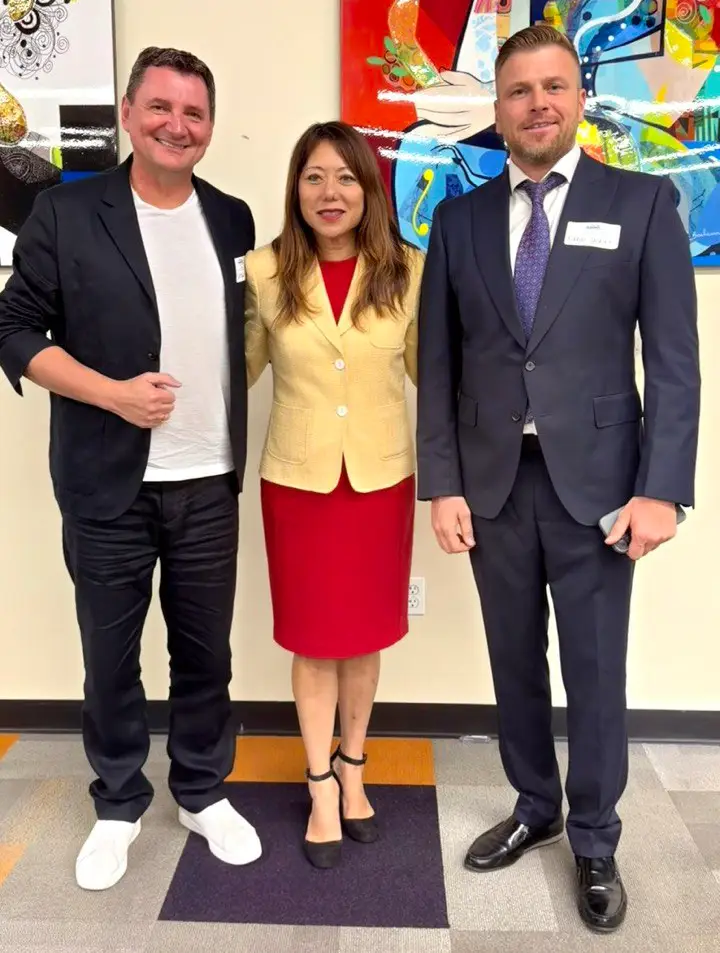
From the Publisher
Listening to Denis Lozenko describe ECOLIT’s journey, it becomes clear that this is more than a construction company — it is a vision for the future of how humanity will build, live, and endure. From seismic safety and fire resistance to sustainability and affordability, ECOLIT represents a rare convergence of engineering brilliance and social responsibility.
In a world facing climate change, housing shortages, and recurring natural disasters, innovations like ECOLIT offer not only technical solutions but also hope. Denis reminds us that the future of construction is not about replicating the past — it’s about daring to reinvent it.
As Publisher of New Times Magazine, I believe conversations like this shine a light on pioneers who are reshaping industries and communities. ECOLIT’s story is one of courage, resilience, and vision — and it’s only the beginning.




